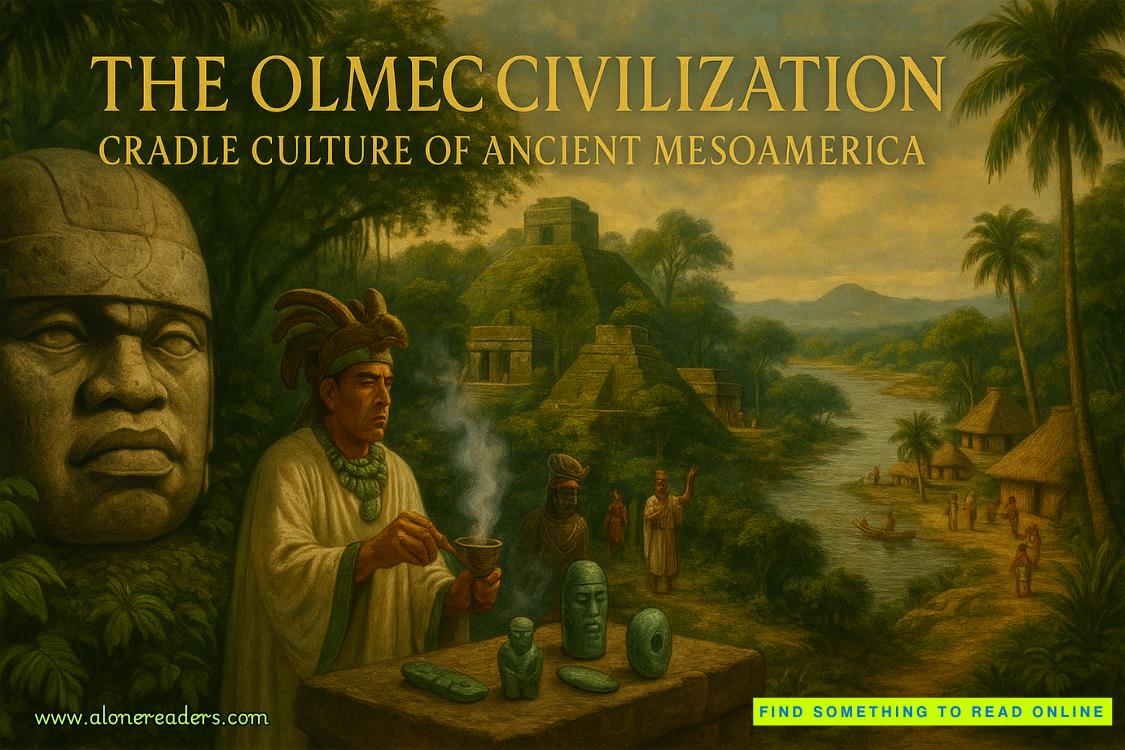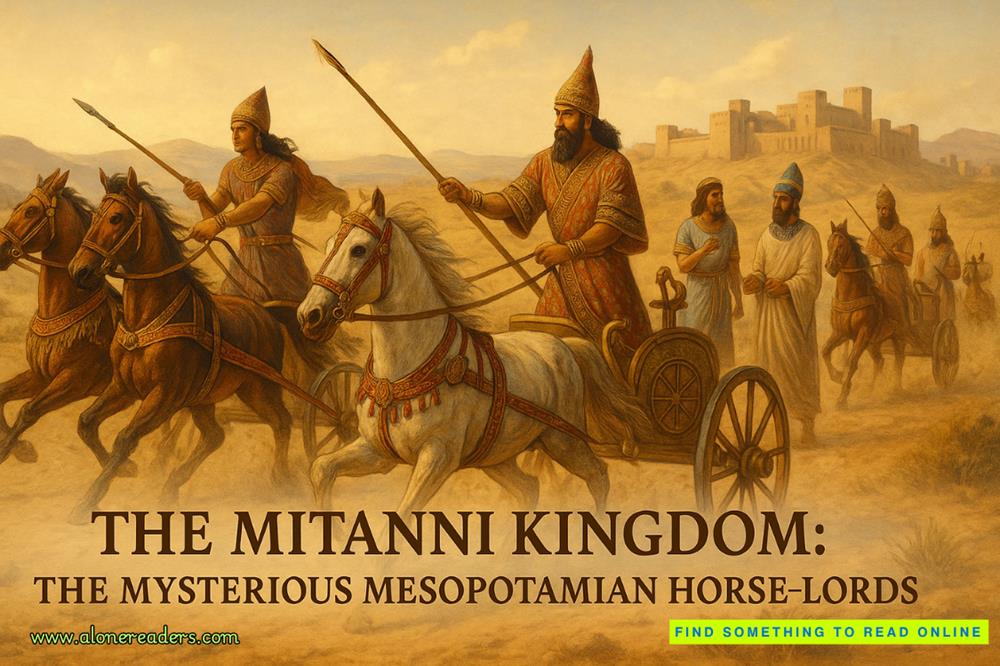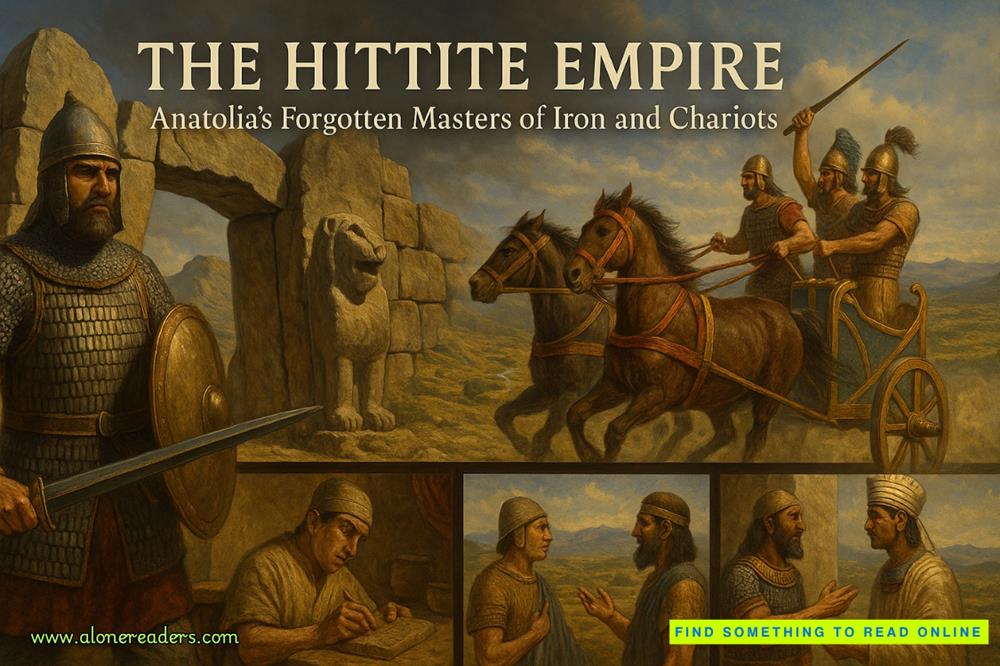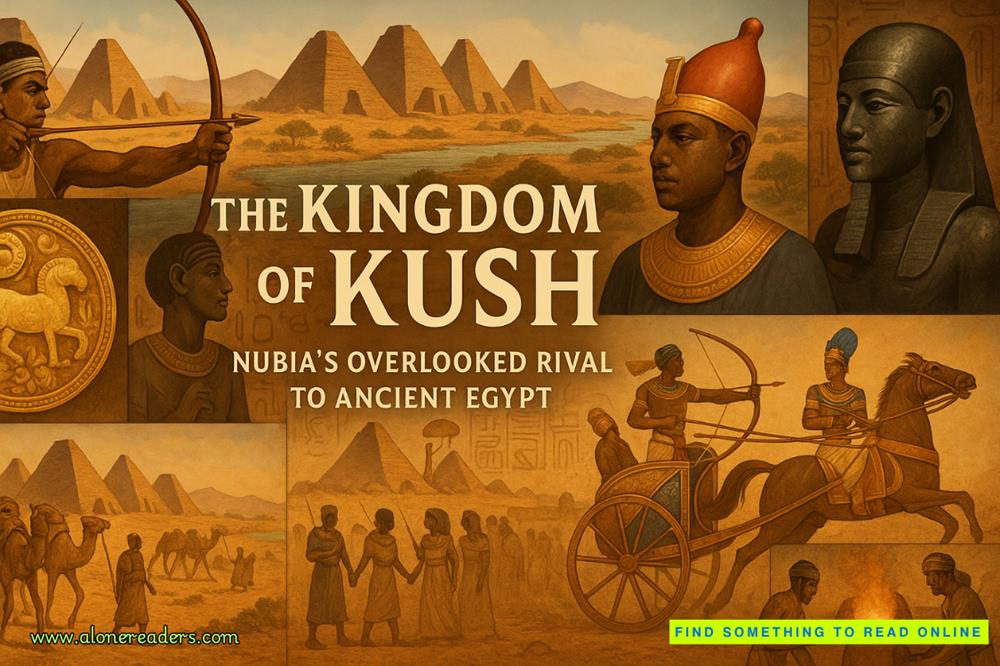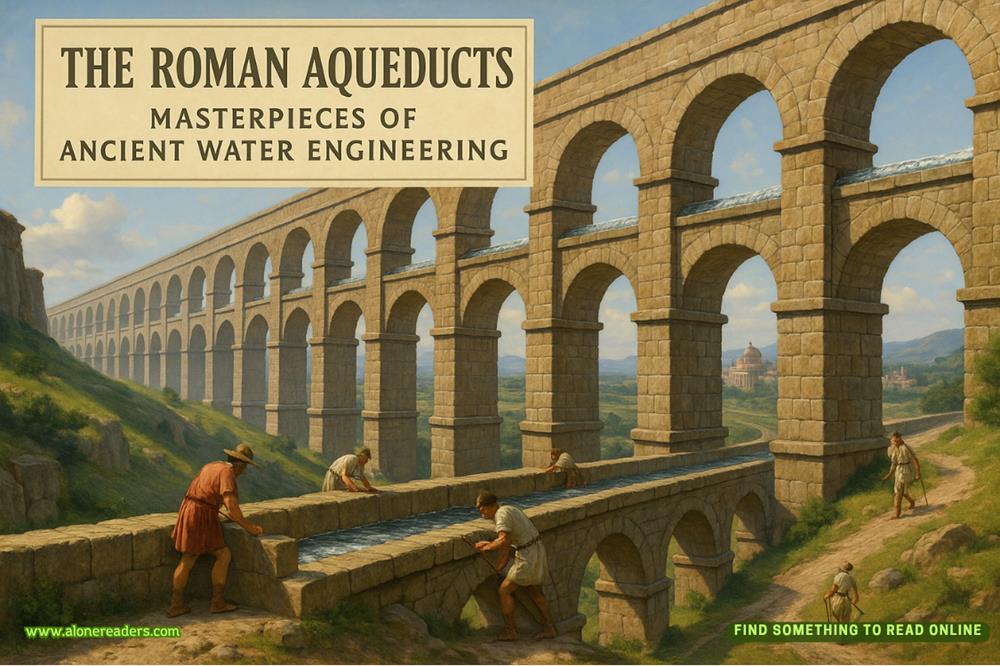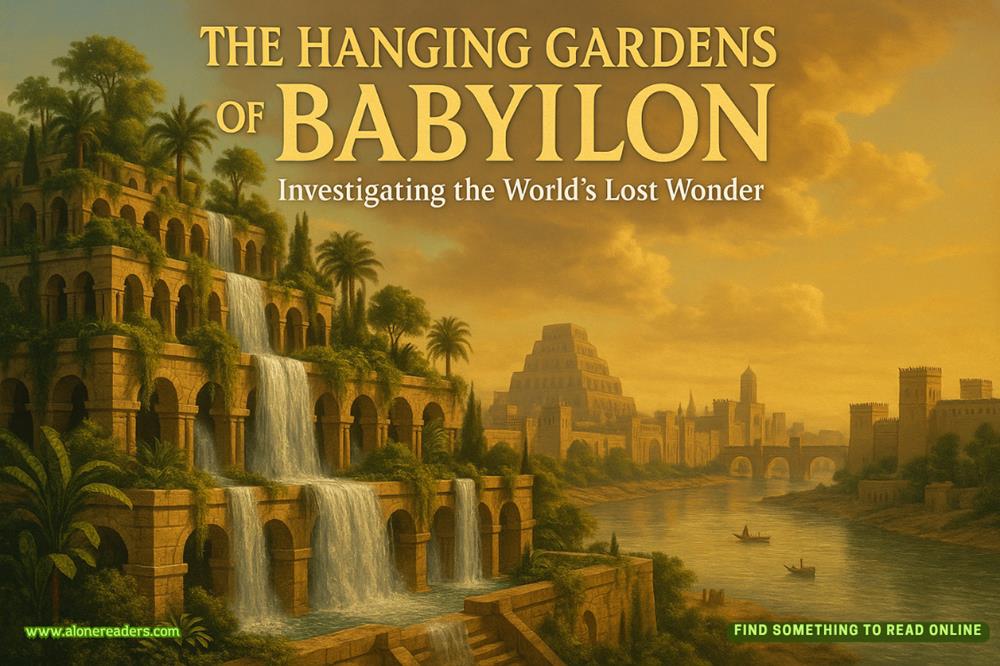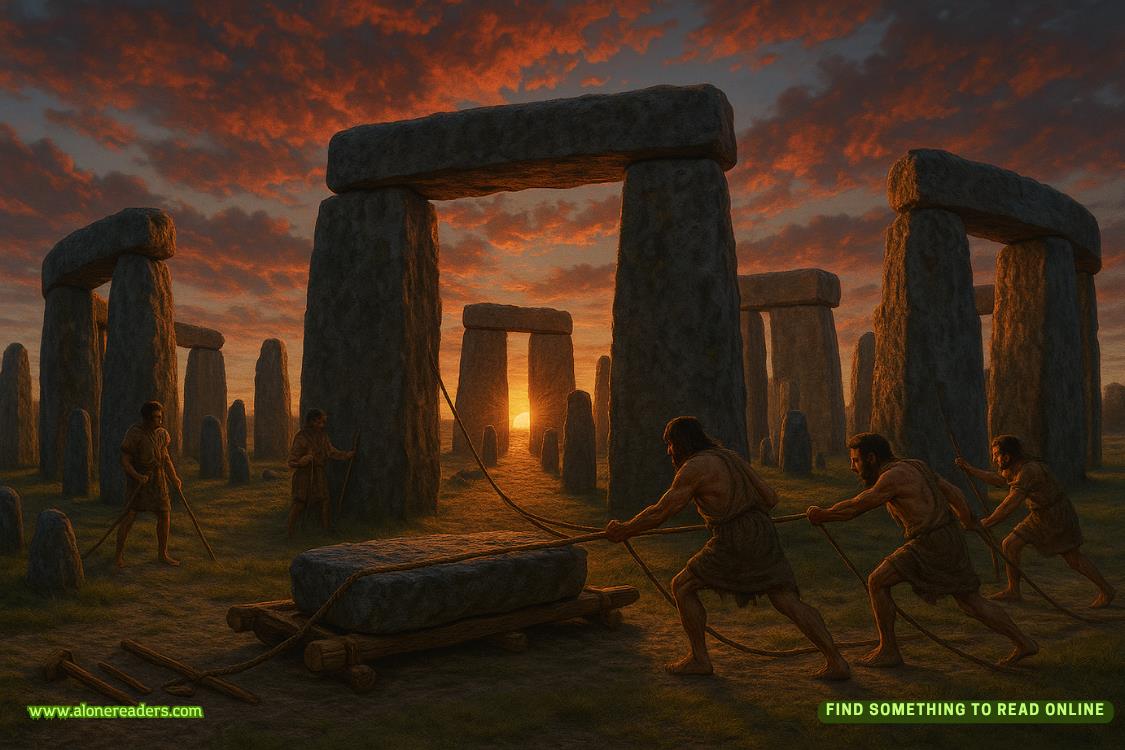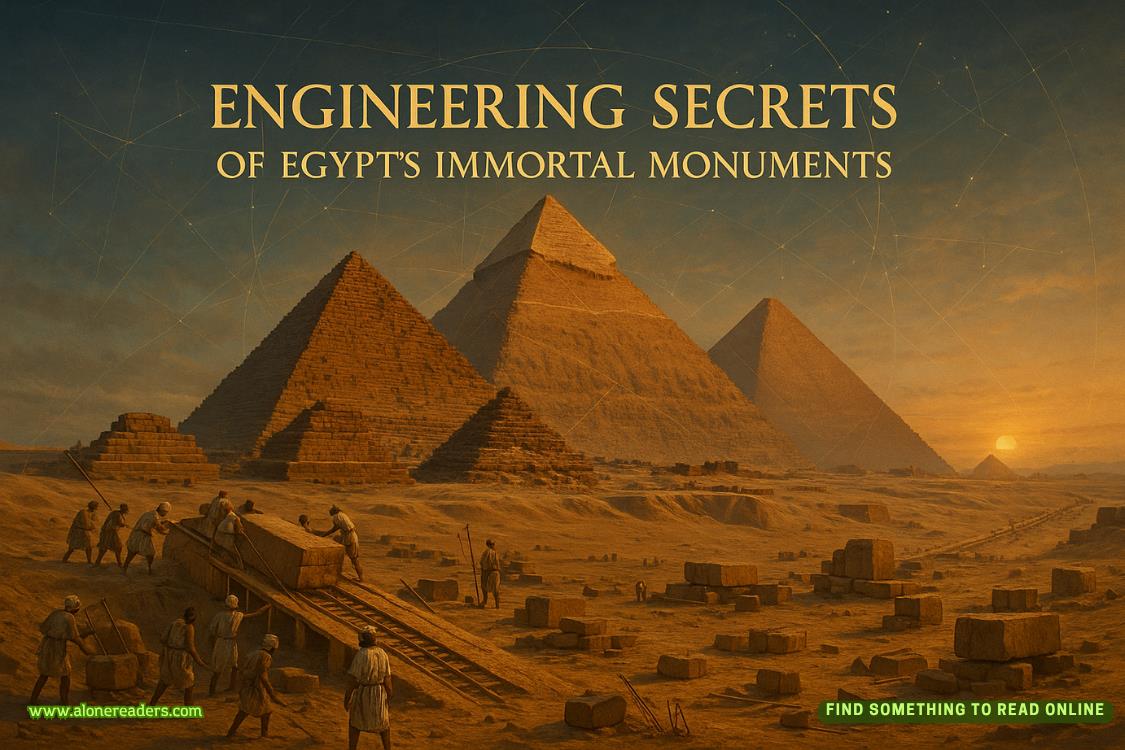Page 88 of Her Wild Coast Promise
“The vet clinic fire was to get the insurance payout,” Hunter says. “Stoll used Terrilynn’s connection to Zach to gain entry after hours, so Walsh could prime the clinic for the fire with the timers and extra fuel.”
“Why was Terrilynn’s bracelet found in the operating suite?” Homeland Security Agent Everett Madison asks. “Was she there with Walsh or Stoll?”
“Maybe they planned to murder her there,” Agent Snow says, cradling a cup of coffee, her face grave. “But she escaped.”
“Shit, the timing fits,” I say, picturing the crime scene chrono in her murder book. I’ve practically memorized it.
Special Agent in Charge Gunderson gives a nod. “If that’s true, then Walsh is accessory to murder.”
“There could be more if his DNA matches what we collected from either victim,” Agent Snow says.
“I think Stoll plays a bigger part here,” Brian says. “He recruits and runs the girls. Vander worked for him, and I think Hayden got caught up in in too. He’s prone to violence, and he had a substance abuse problem. Maybe he was a heavy or a sentry, and also got the girls hooked on dope, which made them easier to control.”
“That axlebox grease in the print outside of Vander’s motel room could be from Stoll.”
Agent Snow and Brian both nod. “Maybe he’s the enforcer,” Brian says.
“So we go after Stoll for the murders, and Walsh for arson,” Special Agent in Charge Gunderson says.
“There’s something we haven’t nailed down though,” Madison says with a frown. “Where does Katovich come into the picture? If he’s managing the field ops for a prostitution ring, what is he doing setting a survey camp on fire?”
The room goes quiet.
“Maybe it would help if I share what we have so far on the data restoration from the chip.” Agent Snow sets down her coffee cup. She taps her computer and Brian dims the lights.
“The images on the chip are mainly snapshots of fake passports.”
The first image projected on the wall shows a grid of about a dozen passports, open to the page with the ID and photo.
“How do you know they’re fake?” Hunter asks.
“We’ve run the names. Most of these passports have been cancelled since this photo was likely taken.” She advances through several identical images, all showing rows of passport ID pages.
“Maybe Gregory McCabe was uncovering a fake passport scam,” I say, glancing at Hunter.
“Right before he was murdered,” Hunter says, as if following my train of thought, “he was scheduled to give a report in front of a Subcommittee meeting on US Border Security. The timing fits with post 9/11 when there was a lot of energy focused on preventing domestic terrorism. If Dad was about to blow the whistle on how easy it was back then to obtain a fake passport and enter the US, that could have made him a target.”
The slide advances, and on the screen is an image of two parked cars, both dark, both windows down. The image looks to be taken from a telephoto lens because the details of the cars aren’t sharp. The camera is focused on the two men inside, though both of their faces are in shadow.
In cop speak, this is a sixty-nine. Two cruisers pull into a parking area from opposing directions and lower their windows in order to talk. It’s usually to share something too sensitive for the radio, or even a cell phone.
In the image, one of the men’s hand rests on the lowered window’s frame. He’s wearing a suit. The other man is facing away from the camera.
“Are there any more from this series?” I ask.
“Only three. One shows the license plate from the car facing away.” Agent Snow advances. “But because of the damage, we only have the first two numbers. We’re working on a match there, but it’s a diplomatic plate and not specifically tied to any particular person in D.C.”
“Maybe there’s a record we can cross reference with?” Hunter asks, leaning forward. “If we get the plate and the date this was taken?”
Agent Snow nods. “It’s worth a shot.” She advances to the next slide, which is nearly identical to the first, except for one detail. From a slightly different angle, we have a flash of the man’s hand rising from the open window’s frame, like he’s lifting it so the window can be rolled up. He’s wearing a ring.
“Can we get a close up on that?” I ask, squinting.
“One step ahead of you,” Agent Snow says in a smug voice. She taps her keys and a view of the ring dominates the screen. It’s gold with a black face. There’s some kind of design in relief, but the image is too blurry, with blank white spots from the damage.
“We’re looking into sourcing the design,” Agent Snow says. “Cross referencing it with family crests, class rings, things like that.”
“Go back?” I ask her.
